Table of Contents_
Hypoallergenic Dog Food Guide: Is it Right for Your Pooch?
Does your dog seem to always be itchy? If that’s the case, the reason could have something to do with his or her diet. You might have heard about hypoallergenic dog food and wondered if it could be the answer to your pet’s continual scratching. Here’s some information on what causes food allergies and ultimate pet nutrition, as well as what you need to know about changing your beloved pet’s diet.
Canine Food Allergies 101
Allergies can be incredibly frustrating, not only for a dog but his or her owner as well. In some instances, the main culprit could be food allergies, which you can be helped with ProPower Plus or Nature’s Blend. Your pet might be reacting to ingredients in the food you’ve been giving him or her for years. It’s also important to note, however, that the reason your dog is itching could be some other type of allergy. You’ll need to take your dog to the vet so that a thorough examination can be performed.
If there is something else causing a problem, you’ll want to know before you change your dog’s diet. For example, the issue might not be related to his or her food at all. It could be something else, such as a skin condition known as atopic dermatitis.
There are two main ways in which a dog will have some sort of adverse reaction to his or her food. One is a food intolerance, while the other is a food allergies. These issues are commonly lumped together, because they can sometimes cause similar symptoms. For example, both can lead to vomiting, diarrhea, gas and abdominal discomfort.1 But there are major differences. The biggest is that one is an allergic reaction while the other one is not.
Dogs will usually show certain signs when it comes to food allergies. These include itching, of course, but also ear infections. You might also notice that your pet has scaly skin, swelling or pimples. The areas typically affected will include the groin, face, feet, ears and forelegs. The dog will not only scratch, but also lick, chew or bite his or her skin. This can potentially be dangerous. The reason is that it can result in a secondary bacterial infection. If an allergy is severe enough, it could affect the throat. This, in turn, can make it difficult for him or her to properly swallow.2
If the vet does believe that your dog might be suffering from food allergies, then he or she may recommend you try hypoallergenic dog food.
Determining the Cause of Food Allergies
Diagnosing food allergies in dogs is very difficult. One approach is to recommend what is known as an “elimination diet” for a certain period of time. This is where dogs are given food containing ingredients that are different from what they normally eat.3 One of the reasons why this is method is so difficult to put in action is because the vast majority of dog food brands have many of the same ingredients. These include milk, beef, chicken, wheat, soy and corn. It will not only be hard to find foods completely free of these ingredients, it will probably be quite expensive as well.
In order to have the best chance of working, an elimination diet should contain a “novel” protein that is typically not found in most dog food brands, such as rabbit or fish.4 It should also have a carbohydrate source that’s also not commonly found in dog food, such as potatoes or rice.5
Some vets will recommend food that contains “hydrolyzed” proteins. These are proteins that are broken down into extremely small molecules. This is designed to make them less likely to trigger an allergic reaction.6 If your vet recommends an elimination diet, he or she will ask you not to give your dog any other type of treat during the trial period. This means no “human” food or any other kind of snack. As a substitute, you can give your pet some of the food you’re using during the elimination period.
It usually takes about a month or two before you will be able to tell whether or not the elimination diet works, and signs of the allergy have disappeared. Once that occurs, then your vet may recommend that you slowly re-introduce each ingredient in the dog’s old food to see which one causes a reaction.7
Finding a “True” Hypoallergenic Dog Food
There are a lot of brands that claim to be hypoallergenic dog food. But it can be very difficult to find one that is truly hypoallergenic. You might see food advertised as “grain-free,” but that doesn’t necessarily mean it doesn’t have other ingredients that could cause issues. If a food without grain still has beef, corn, soy, eggs, chicken or milk, it might not be a whole lot different you’ve already been giving your dog.
The best way to find a brand of true hypoallergenic dog food will be to ask your vet if he or she has any recommendations. Your vet may give you a prescription diet to follow, or provide you a homemade diet plan for your dog.
Many prescription diets will contain hydrolyzed protein and no grain. They’ve been tested to ensure they limit allergic reactions. Some of them also contain omega-3 and omega-6 fatty acids. These help to improve the condition of the coat and reduce inflammation.8
What About Puppies With Food Allergies?
It’s already hard enough to figure out the type of food that is exactly right for your puppy. If a pup’s diet contains too much calcium, for instance, that could accelerate his or her growth. This can be a problem when a puppy is a large breed, such as a German Shepherd or a retriever. If a large breed dog grows too fast, that can lead to orthopedic problems down the road.9
This is another case where you’ll need to speak with your vet if your puppy is showing signs of an allergy. He or she will let you know brands of hypoallergenic puppy food you can trust.
Treats
Again, if your dog is on an elimination diet you should never give him or her anything else to eat. However, if the specific allergy trigger is known, you can give treats that don’t contain the particular problem ingredient. For example, if your dog is allergic to wheat, you can give treats that are grain-free. Your vet may also recommend other options, such as vegetables and fruits that are healthy for a dog to eat.
The Bottom Line
It’s very difficult to find the source of a food allergy in a dog. If your pet is showing the signs of a problem, take him or her to the vet to make sure the cause isn’t something else. If your vet says that it is a food allergy, you may need to put your dog on an elimination diet for a few months until you find out what ingredients are causing an issue. There are lots of brands that claim to be hypoallergenic dog food, but you’ll need to be extremely careful. Many of these brands are anything but.
It will take a lot of work to finally free your dog of a food allergy. But once you succeed, you’ll soon see that all of the effort will be worth it. Your dog will once again be completely healthy and happy.
Sources
1https://www.vetinfo.com/dog-food-intolerance-symptoms.html
2http://vetnutrition.tufts.edu/2017/01/food-allergies/
3http://www.rmvetderm.com/Understanding%20Food%20Allergies%20and%20Diet%20Trials.pdf
4http://veterinarynews.dvm360.com/food-hypersensitivities-performing-elimination-diet-trial5https://www.petmd.com/blogs/nutritionnuggets/jcoates/2012/dec/diagnosing-food-allergies-in-dogs-29553
6https://www.vetinfo.com/hydrolyzed-protein-dog-food.html
7http://petdermatologyclinic.com/food-allergies-food-trials-dogs-cats/
8https://www.petmd.com/dog/care/fatty-acids-pet-skin-and-haircoat-health
9https://www.petmd.com/blogs/thedailyvet/ktudor/2013/may/feeding-the-large-and-giant-breed-puppy-30265

![7 Best Dog and Pet Strollers in [year] 2 Best Pet Stroller](https://www.gadgetreview.dev/wp-content/uploads/best-pet-stroller-300x248.jpg)
![7 Best Grooming Clippers for Pets in [year] 3 Best Grooming Clippers for Pets](https://www.gadgetreview.dev/wp-content/uploads/best-grooming-clippers-for-pets-300x169.jpg)

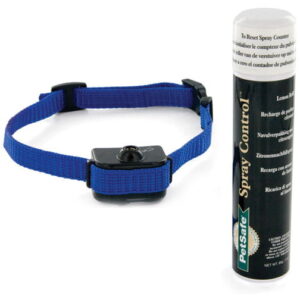
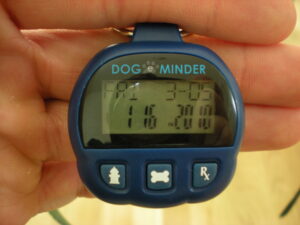

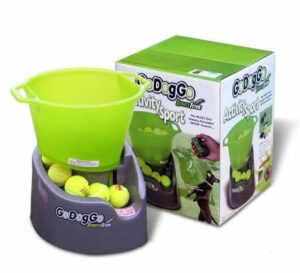


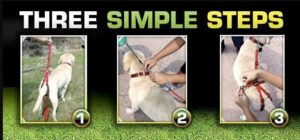
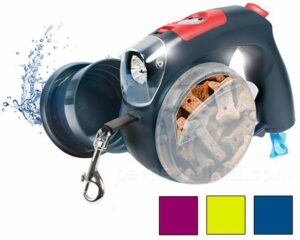
3 responses to “Post Title”